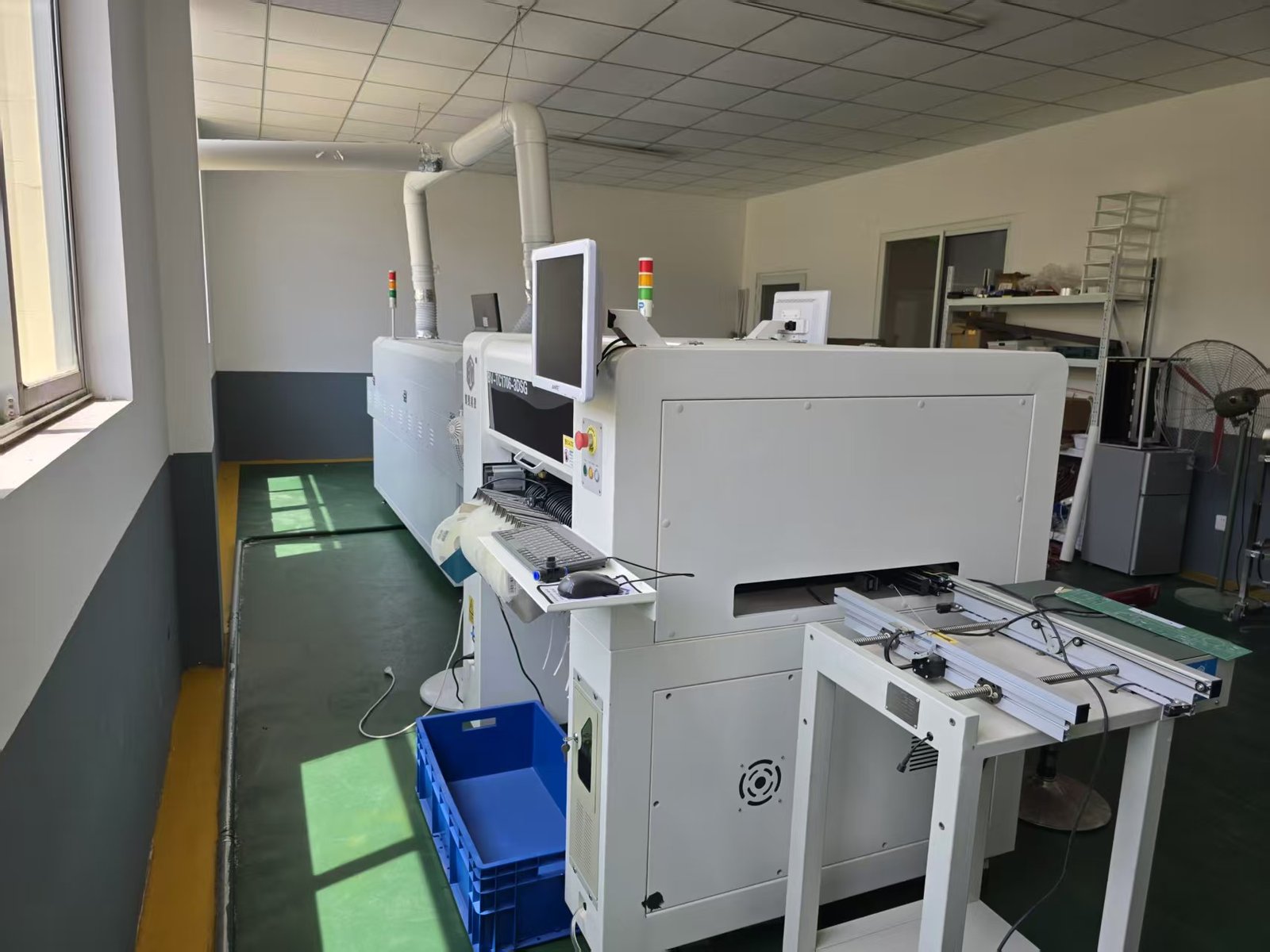What is the photovoltaic panel?
•
Solar energy is transforming how we power our world. But what exactly are these shiny panels converting sunlight into electricity?
Photovoltaic panels are devices that convert sunlight directly into electricity using semiconductor materials. They consist of multiple solar cells wired together and protected by glass and framing. These panels form the core of solar energy systems for homes, businesses, and utilities.
The technology behind photovoltaic panels has evolved significantly since their invention in 1954. Modern panels can last 25-30 years while continuously producing clean energy. Let's examine how they differ from other solar technologies.
What is the difference between photovoltaic panels and solar panels?
People often use these terms interchangeably, but there's an important technical distinction worth understanding.
Photovoltaic panels specifically convert sunlight to electricity, while "solar panels" is a broader term that includes thermal collectors for heating water. All photovoltaic panels are solar panels, but not all solar panels are photovoltaic.
Key Differences Explained
| Feature | Photovoltaic Panels | Solar Thermal Panels |
|---|---|---|
| Function | Generate electricity | Heat water/fluids |
| Efficiency | 15-22% | 70-90% thermal |
| Installation Cost | Higher | Lower |
| Maintenance | Minimal | Regular servicing |
| Energy Storage | Requires batteries | Uses water tanks |
Photovoltaic panels dominate the residential market because electricity has more applications than hot water. However, solar thermal systems remain popular for pool heating and domestic hot water in some regions.
Are a photovoltaic cell and a solar cell the same?
This common confusion stems from overlapping terminology in the solar industry.
Yes, photovoltaic cells and solar cells refer to the same basic unit that converts sunlight to electricity. The term "photovoltaic" comes from the photo (light) and voltaic (electricity) effect discovered in 1839.
!
Cell Types and Characteristics
- Monocrystalline Silicon: Highest efficiency (20-22%), recognizable by their uniform dark color
- Polycrystalline Silicon: Slightly less efficient (15-17%) with a blue speckled appearance
- Thin Film: Lowest efficiency (10-13%) but flexible and lightweight
A typical residential solar panel contains 60-72 individual cells connected in series. Commercial panels may use half-cut cells (120-144 halves) to improve shade tolerance and reduce resistive losses.How long does it take to fully charge a solar panel?
This question reveals a common misunderstanding about how solar panels actually work.
Solar panels don't store energy - they produce electricity instantly when exposed to sunlight. The "charging" concept applies to battery systems connected to solar panels, not the panels themselves.
Factors Affecting Energy Production
- Sunlight Hours: Most locations get 4-6 peak sun hours daily
- Panel Orientation: South-facing at optimal tilt maximizes production
- Shading: Even partial shading can significantly reduce output
- Temperature: Cooler panels operate more efficiently
- System Size: More panels = more total energy production
For a typical 5kW home system with battery storage, full battery recharge might take:- 1 sunny day (5-6 hours) in summer
- 2-3 cloudy days in winter
Conclusion
Photovoltaic panels are the workhorses of solar electricity generation, distinct from thermal solar systems. Understanding their operation helps consumers make informed renewable energy choices for their needs.





